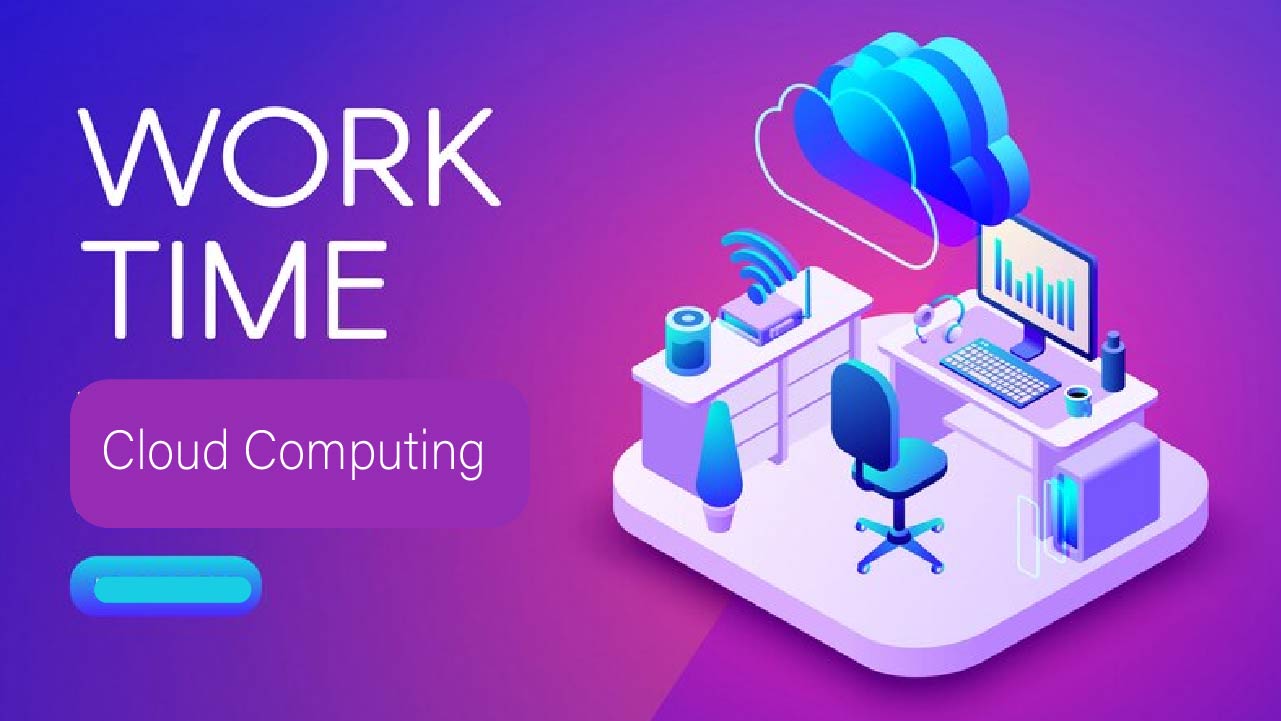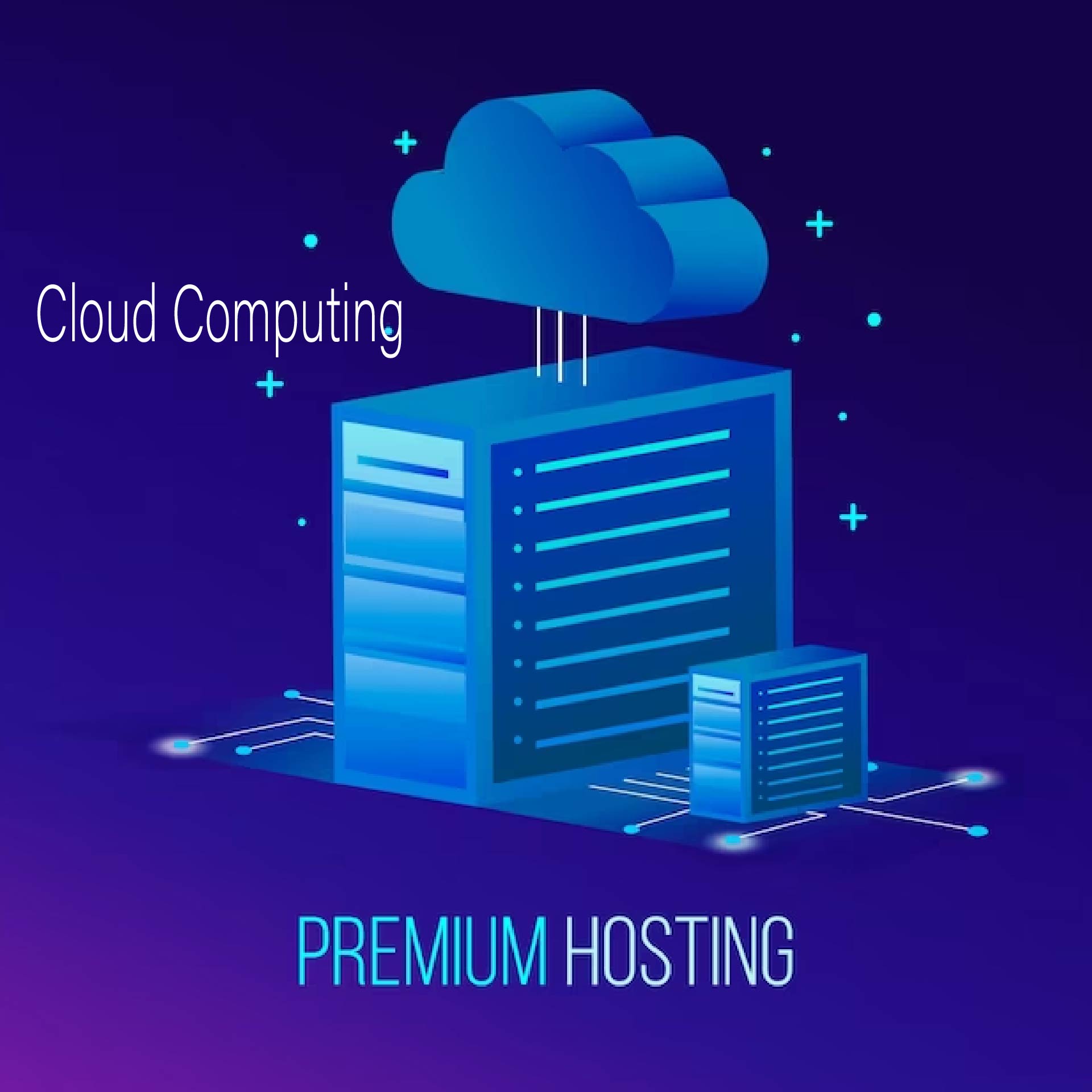Cloud computing has revolutionized the way businesses and individuals interact with technology, and the rapid advancements in this field continue to shape the future of digital innovation.
From the scalability and flexibility of cloud-based solutions to the enhanced security and accessibility they offer, the evolution of cloud computing has paved the way for groundbreaking applications and services.
In this article, we will explore some of the latest advancements in cloud computing and their impact on the technological landscape.
Technological Enhancements in Cloud Infrastructure
Technological enhancements in cloud infrastructure include advancements in scalability, reliability, and security through innovations in virtualization, automation, and software-defined networking.
These enhancements enable more efficient resource utilization, seamless deployment of complex applications, and improved data protection, meeting the evolving needs of businesses and users.
Enhancements in Cloud Security
Cloud security has seen significant enhancements in recent years. Advanced encryption algorithms and secure key management provide a higher level of data protection, making it more challenging for unauthorized access.
Multi-factor authentication and biometric identification add layers of security, ensuring that only authorized individuals can access sensitive information.
Additionally, continuous monitoring and real-time threat detection enable rapid response to potential security breaches, reducing the risk of data compromise.
Cloud service providers also offer compliance certifications and regular security audits to maintain industry best practices.
These enhancements contribute to a more robust and reliable cloud security environment, giving organizations greater confidence in migrating their sensitive data to the cloud.
Cloud Service Models Evolution
Cloud service models have evolved over time to meet different business needs.
Initially, Infrastructure as a Service (IaaS) provided virtualized computing resources over the internet, allowing businesses to outsource infrastructure like servers and storage.
Platform as a Service (PaaS) then emerged, offering a complete development and deployment environment in the cloud, further streamlining application development.
Software as a Service (SaaS) became a popular model, offering software applications on a subscription basis directly to end-users, eliminating the need for on-premises installation.
More recently, serverless computing has emerged as a cost-effective and scalable model where cloud providers automatically manage the infrastructure, allowing developers to focus solely on writing and deploying code.
As the demand for flexibility and scalability increases, the evolution of cloud service models continues with the rise of Everything as a Service, encompassing a wide range of on-demand services delivered over the internet.
This evolution reflects the ongoing need for innovative and efficient solutions that align with the changing requirements of businesses in the digital age.
Cloud Computing & AI/Machine Learning Integration
AI and machine learning integration with cloud computing allows organizations to harness the power of AI and ML algorithms to process and analyze large amounts of data in the cloud, offering scalability, flexibility, and cost-efficiency.
By leveraging the cloud, businesses can access AI and ML tools and frameworks without the need to build and maintain their own infrastructure. This integration enables the development and deployment of AI-powered applications, predictive analytics, and other intelligent solutions, empowering organizations to drive innovation and gain valuable insights from their data.
Multi-Cloud and Hybrid Cloud Approaches
Multi-cloud involves using multiple cloud computing services from different providers. It allows organizations to avoid vendor lock-in and leverage the best services from different providers.
Hybrid cloud combines public and private clouds, allowing data and applications to be shared between them. It offers flexibility, scalability, and security.
Green Cloud Computing
Green cloud computing is an approach to utilizing computing resources in an environmentally responsible way. It involves the use of energy-efficient hardware, optimizing data center operations to reduce power consumption, and implementing sustainable practices in cloud infrastructure.
This can include using renewable energy sources, improving server utilization, and designing more energy-efficient software and applications. Green cloud computing aims to minimize the environmental impact of data centers and the overall carbon footprint of cloud computing.
By adopting green cloud computing practices, businesses and organizations can reduce energy consumption, lower greenhouse gas emissions, and contribute to a more sustainable and eco-friendly IT infrastructure.
The Impact of Edge Computing on Cloud Services
Edge computing has had a significant impact on cloud services by shifting some computing and processing tasks from centralized cloud data centers to the “edge” of the network, closer to where data is generated and used.
This has resulted in reduced latency, improved data security, and enhanced responsiveness for real-time applications.
Edge computing has also relieved some of the bandwidth and storage burdens on cloud services by enabling data pre-processing and filtering at the edge.
Furthermore, the combination of edge computing and cloud services has allowed for more efficient and cost-effective data management, particularly for Internet of Things (IoT) devices and other interconnected systems.
By offloading certain tasks to the edge, cloud services can focus on more complex data processing and analysis, leading to better overall performance and scalability.
Ultimately, edge computing has complemented and enhanced cloud services by extending their capabilities and responsiveness to accommodate the growing demands of modern applications and technologies.
Advances in Cloud Computing Management
Advances in cloud computing management have revolutionized how businesses handle data and resources.
Through automation, orchestration, and smart analytics, cloud management platforms can optimize performance, scale resources dynamically, and enhance security.
Tools like containerization, serverless computing, and AI-driven insights enable efficient workload management and cost control. Moreover, multi-cloud and hybrid cloud management solutions offer flexibility and resilience.
Overall, these advances empower organizations to streamline operations, improve agility, and maximize the potential of cloud resources while minimizing administrative burden and costs.
Prospects of Cloud Computing
Cloud computing is experiencing rapid growth due to its cost-efficiency, scalability, and flexibility.
The prospects of cloud computing are promising as it continues to drive digital transformation, enable remote work, and provide on-demand access to resources.
With advancements in security and compliance measures, the adoption of cloud computing is expected to further increase, especially in areas like AI, IoT, and edge computing.
The ongoing innovation in cloud services is likely to drive organizations of all sizes to leverage the power of the cloud for enhanced efficiency and competition in the digital economy.
Conclusion
As cloud computing continues to evolve, the possibilities for innovation and digital transformation are endless.
The recent advancements discussed in this article demonstrate a clear shift towards more powerful, efficient, and secure cloud-based solutions, offering immense potential for businesses and individuals alike.
With ongoing developments in areas such as edge computing, serverless architectures, and AI integration, the future of cloud computing promises to be both dynamic and transformative.
As we look ahead, it is evident that cloud computing will remain at the forefront of technological progress, driving new opportunities and redefining the way we utilize and benefit from digital resources.
The recent advancements discussed in this article demonstrate a clear shift towards more powerful, efficient, and secure cloud-based solutions, offering immense potential for businesses and individuals alike.
With ongoing developments in areas such as edge computing, serverless architectures, and AI integration, the future of cloud computing promises to be both dynamic and transformative.
As we look ahead, it is evident that cloud computing will remain at the forefront of technological progress, driving new opportunities and redefining the way we utilize and benefit from digital resources.

